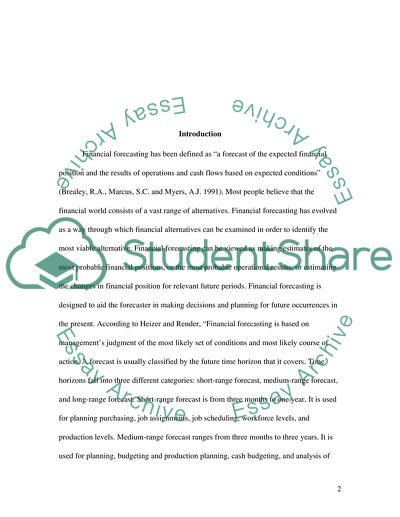Cite this document
(“Consensus Methods of Financial Forecasting Research Paper”, n.d.)
Consensus Methods of Financial Forecasting Research Paper. Retrieved from https://studentshare.org/finance-accounting/1741746-modeling-for-financial-forecasting-including-regression-analysis-concepts
Consensus Methods of Financial Forecasting Research Paper. Retrieved from https://studentshare.org/finance-accounting/1741746-modeling-for-financial-forecasting-including-regression-analysis-concepts
(Consensus Methods of Financial Forecasting Research Paper)
Consensus Methods of Financial Forecasting Research Paper. https://studentshare.org/finance-accounting/1741746-modeling-for-financial-forecasting-including-regression-analysis-concepts.
Consensus Methods of Financial Forecasting Research Paper. https://studentshare.org/finance-accounting/1741746-modeling-for-financial-forecasting-including-regression-analysis-concepts.
“Consensus Methods of Financial Forecasting Research Paper”, n.d. https://studentshare.org/finance-accounting/1741746-modeling-for-financial-forecasting-including-regression-analysis-concepts.


